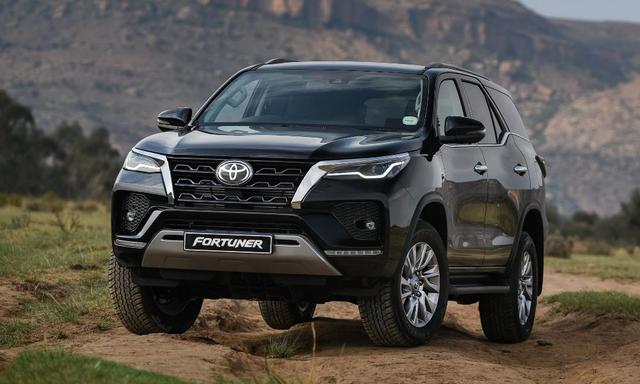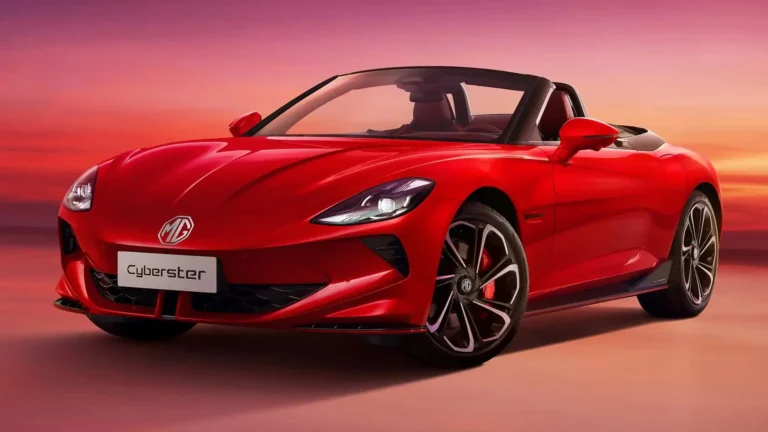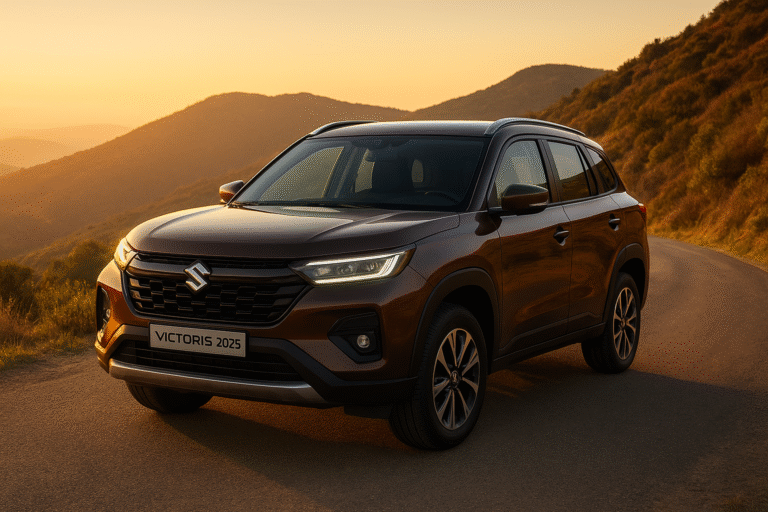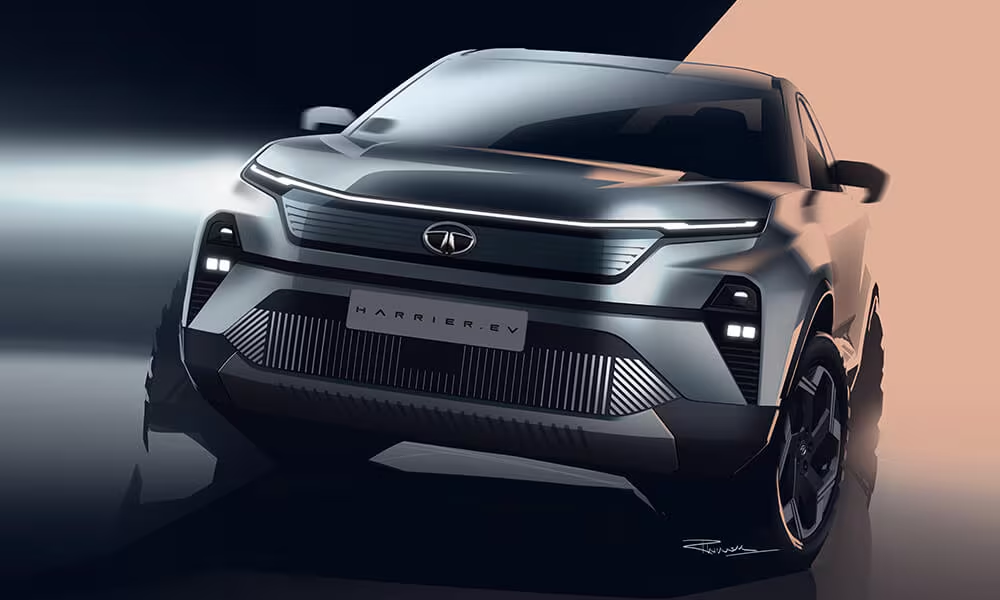
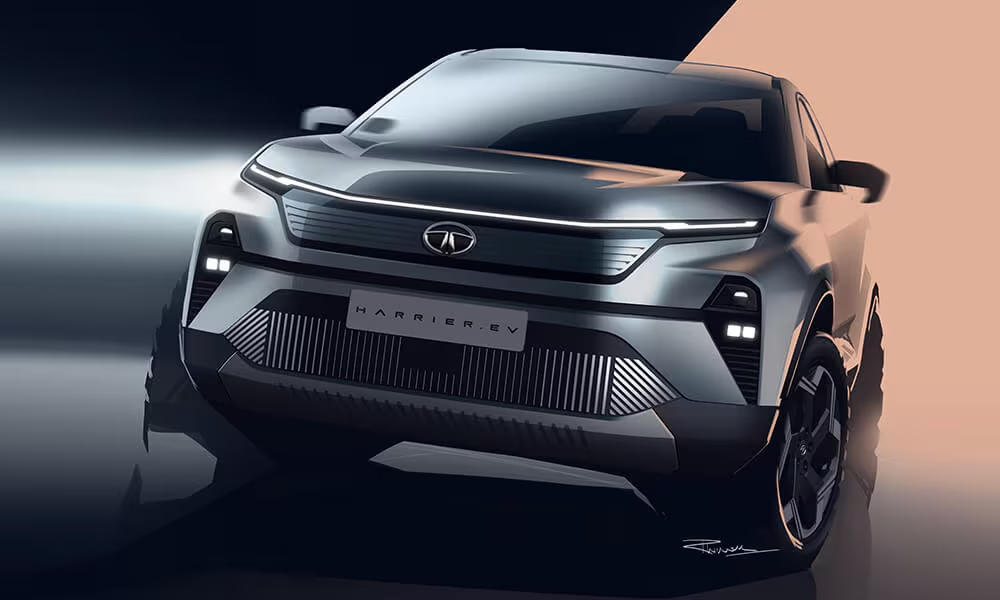
Tata Harrier EV: Tata Motors’ Flagship Electric SUV for India
The Tata Harrier EV marks a significant step for Tata Motors as it enters the premium electric SUV segment in India. Launched in June 2025, the Harrier EV is positioned as the brand’s flagship electric vehicle, offering advanced technology, robust performance, and a suite of features tailored for Indian consumers.
Key Highlights
- Pricing and Variants:
The Harrier EV is available in five main variants: Adventure, Adventure S, Fearless Plus, Empowered, and Empowered AWD. Prices start at ₹21.49 lakh and go up to ₹30.23 lakh (ex-showroom, introductory). - Battery and Range:
Customers can choose between two battery pack options: 65 kWh and 75 kWh. The real-world driving range varies between 420 km and 627 km depending on the variant and battery size, making it one of the longest-range EVs in its segment. - Performance:
The Harrier EV offers both rear-wheel drive (RWD) and all-wheel drive (AWD) configurations. The AWD variant uses a dual-motor setup, delivering up to 390 bhp and 504 Nm of torque, with a 0-100 km/h acceleration time of just 6.3 seconds (with Boost Mode). This makes it suitable for both urban commutes and off-road adventures. - Charging:
Fast charging is supported, with the ability to charge from 20% to 80% in just 25 minutes using a 120 kW DC charger. A full charge using a 7.2 kW AC charger takes about 10.7 hours.
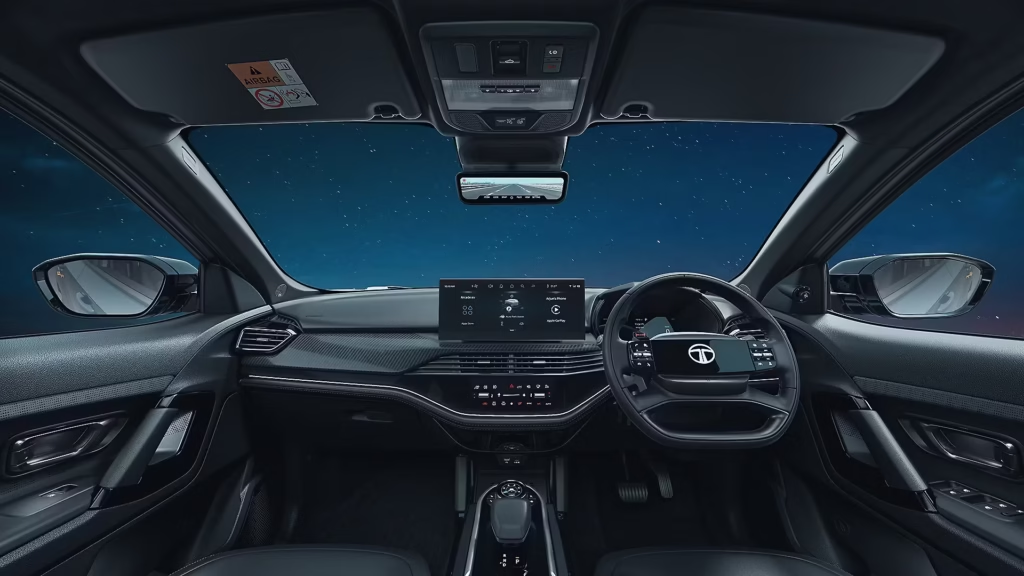
TATA Harrier EV Design and Features
- Exterior:
The Harrier EV retains the bold silhouette of its ICE counterpart but introduces EV-specific elements like a closed-off grille, redesigned bumpers with vertical slats, aero-optimized 19-inch alloy wheels, and distinctive connected LED DRLs and tail lights. - Interior:
The cabin features a new grey and white color scheme, a 14.5-inch touchscreen infotainment system with wireless Apple CarPlay and Android Auto, a 10.25-inch digital driver’s display, a 10-speaker JBL sound system with Dolby Atmos, panoramic sunroof, ventilated and powered front seats, dual-zone climate control, and multi-colour ambient lighting. - Tech and Convenience:
Notable features include:- Summon Mode: Move the car forward or backward using the key fob.
- Vehicle-to-Load (V2L) and Vehicle-to-Vehicle (V2V): Power external devices or even charge other EVs.
- Boost Mode: Provides a temporary surge in power for overtaking or steep climbs.
- 6 Terrain Modes: Custom, Normal, Mud & Ruts, Snow, Rock Crawl, and Snow/Grass for versatile driving conditions.

Safety
- Advanced Safety Suite:
The Harrier EV is equipped with seven airbags, electronic stability control (ESC), tyre pressure monitoring system (TPMS), a 360-degree camera with a transparent view, front and rear parking sensors, and Level-2 Advanced Driver Assistance .
Tata Harrier EV Variant Comparison
Below is a comparison of key Harrier EV variants, focusing on battery, drivetrain, performance, range, and pricing:
| Variant Name | Battery Pack | Drivetrain | Power (PS/BHP) | Torque (Nm) | Claimed Range (km) | 0–100 km/h (s) | Price (₹ Lakh, ex-showroom) |
|---|---|---|---|---|---|---|---|
| Adventure 65 | 65 kWh | RWD | 238 PS / 235 | 315 | 538 | ~7.5 | 21.49 |
| Adventure 65 ACFC | 65 kWh | RWD | 238 PS / 235 | 315 | 538 | ~7.5 | 21.98 |
| Fearless Plus 65 | 65 kWh | RWD | 238 PS / 235 | 315 | 538 | ~7.5 | 23.99 |
| Fearless Plus 75 | 75 kWh | RWD | 238 PS / 235 | 315 | 627 | ~7.5 | 24.99 |
| Empowered 75 | 75 kWh | RWD | 238 PS / 235 | 315 | 627 | ~7.5 | 27.49 |
| Empowered QWD 75 | 75 kWh | AWD | 390 BHP | 504 | 622 | 6.3 | 28.99 |
| Empowered QWD 75 Stealth ACFC (Top) | 75 kWh | AWD | 390 BHP | 504 | 622 | 6.3 | 30.23 |
Notes:
- ACFC denotes variants equipped with AC Fast Charging capability.
- All variants feature advanced safety, connected tech, and multiple drive modes. Higher variants add AWD, dual-motor setup, and extra features.
Why Consider the Tata Harrier EV?
- Best-in-class range for long-distance travel.
- Flexible drivetrain options: RWD for efficiency, AWD for performance and all-weather capability.
- Top-tier safety and tech features, including Level-2 ADAS and V2L/V2V support.
- Lifetime battery warranty for the first owner, ensuring peace of mind.
- Competitive pricing against rivals like Mahindra XUV.e8 and MG ZS EV.
The Tata Harrier EV stands out as a well-rounded, future-ready electric SUV that caters to both family buyers and enthusiasts seeking performance, safety, and cutting-edge technology in a single package.
Market Position and Competition
The Tata Harrier EV competes with other premium electric SUVs like the Mahindra XUV.e9, BYD Atto 3, and Hyundai Ioniq 5. With its combination of range, performance, features, and Tata’s established EV ecosystem, the Harrier EV is poised to strengthen Tata Motors’ leadership in India’s growing electric vehicle market.
TATA Harrier comparison with Competitior
Here is a detailed comparison table between the Tata Harrier EV and its main electric SUV competitors in India, including the Mahindra XEV 9e, Mahindra BE 6, BYD Atto 3, Hyundai Creta Electric, and MG ZS EV. This table highlights key specs such as dimensions, battery, range, performance, and unique features to help you understand how the Harrier EV stacks up in the segment.
| Feature / Model | Tata Harrier EV | Mahindra XEV 9e | Mahindra BE 6 | BYD Atto 3 | Hyundai Creta Electric | MG ZS EV |
|---|---|---|---|---|---|---|
| Price (ex-showroom) | ₹21.49–30.23 lakh | ₹21.90 lakh (est.) | ₹22–28 lakh (est.) | ₹33.99 lakh | ₹22–25 lakh (est.) | ₹18.98–25.00 lakh |
| Length (mm) | 4607 | 4789 | 4371 | 4455 | 4340 | 4323 |
| Width (mm) | 1922 | 1907 | 1907 | 1875 | 1790 | 1809 |
| Height (mm) | 1740 | 1694 | 1627 | 1615 | 1655 | 1649 |
| Wheelbase (mm) | 2741 | 2775 | 2775 | 2720 | 2610 | 2585 |
| Boot Space (litres) | 502 + 67 (frunk) | 663 + 150 (frunk) | 455 + 45 (frunk) | 440 | 433 | 448 |
| Ground Clearance (mm) | 205 | 207 | 207 | 175 | 190 | 177 |
| Battery Pack | 65 kWh (RWD), 75 kWh (AWD) | 59/79 kWh | 59/79 kWh | 49.92/60.48 kWh | 42/51.4 kWh | 50.3/65 kWh |
| Power (max) | 238 PS (RWD), 390 PS (AWD) | 231/286 PS | 231/286 PS | 203 PS | 135/171 PS | 176 PS |
| Torque (max) | 315 Nm (RWD), 504 Nm (AWD) | 380 Nm | 380 Nm | 310 Nm | Not specified | 280 Nm |
| Claimed Range (km) | 627 (75 kWh RWD), 622 (75 kWh AWD) | 542 / 656 | 556 / 682 | 468 / 521 | 390 / 472 | 461 |
| Drivetrain | RWD / AWD (Quad Wheel Drive) | FWD | FWD | FWD | FWD | FWD |
| Battery Type | LFP | LFP (BYD Blade) | LFP (BYD Blade) | LFP | NMC | LFP |
| Battery Warranty | Lifetime (all owners) | Lifetime (first owner) | Lifetime (first owner) | 8 yrs/1.6 lakh km | 8 yrs/1.6 lakh km | 8 yrs/1.6 lakh km |
| Fast Charging | 120 kW DC (20–80% in 25 min) | 140 kW DC (20–80% in 20 min) | 175 kW DC (20–80% in 20 min) | DC: 0–80% in 8 hours | 100 kW DC (10–80% in 39 min) | 50 kW DC (0–80% in 60 min) |
| Unique Features | AWD, 540° camera, 6 terrain modes, V2L/V2V | Longest boot, BYD Blade battery | BYD Blade battery, longest range | Affordable, proven reliability | Most affordable, compact | Compact, city-friendly |
Key Takeaways:
- Tata Harrier EV offers the only AWD (Quad Wheel Drive) in the segment, the highest power output (up to 390 PS), and a lifetime battery warranty for all owners.
- Mahindra BE 6 leads with the highest claimed range (682 km), while the Harrier EV is close behind (up to 627 km).
- MG ZS EV and Hyundai Creta Electric are more compact and affordable, but offer less power, range, and features.
- BYD Atto 3 is known for reliability and good warranty but has a smaller battery and range compared to the Harrier EV.
- Mahindra XEV 9e offers the largest boot and a competitive range but is FWD only.
This comparison shows that the Tata Harrier EV stands out for its combination of size, power, range, AWD capability, and warranty, making it a strong contender for buyers seeking a premium, feature-rich electric SUV in India.
